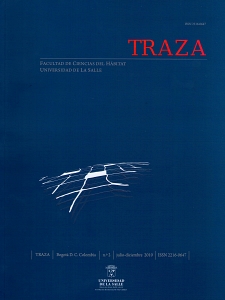Abstract
The process of settlement in the city followed by IDPs in Colombia reflects the history behind their displacement. Colombia is a country affected by an internal conflict during the last 50 years, as result of that the population of the main cities has been increased in an abnormal rate. The government policies for housing are not strong enough to provide effective solutions for all the people in need of a place to live and carry on with their lives. How is this population solving this problem? If we analyze the history of Latin-American city growth, two main facts captured our attention: the human urban settlements started by strong community actions worked better at the end that those provide by the government or by illegal planners. Also, this pirate urbanism is the reflect of the rights, as Lefebvre states (1), claimed by these IDPs population to have access to land and belong again to a territory. This paper analyze two very interesting cases on how to fight back against the lack of housing solutions by the government, in which the actors organized themselves in a very careful and unique way, in order to provide a roof for their families and integrate again into a city that most of the times is not ready to receive this new comers. In order to understand better the sociological phenomena behind this cases we framed our investigation into the theories of social production of space by Henri Lefebvre and the strategic and tactic definitions by Michel DeCerteau, whom provided very interesting views on how this mechanism of social behavior works into a society and their effects on the urban space. We find these theories very useful to understand these urban phenomena and at the same time allow us to explain in a more detailed way the process behind these resistance tactics and how they generate identity in the community.Downloads
Download data is not yet available.



